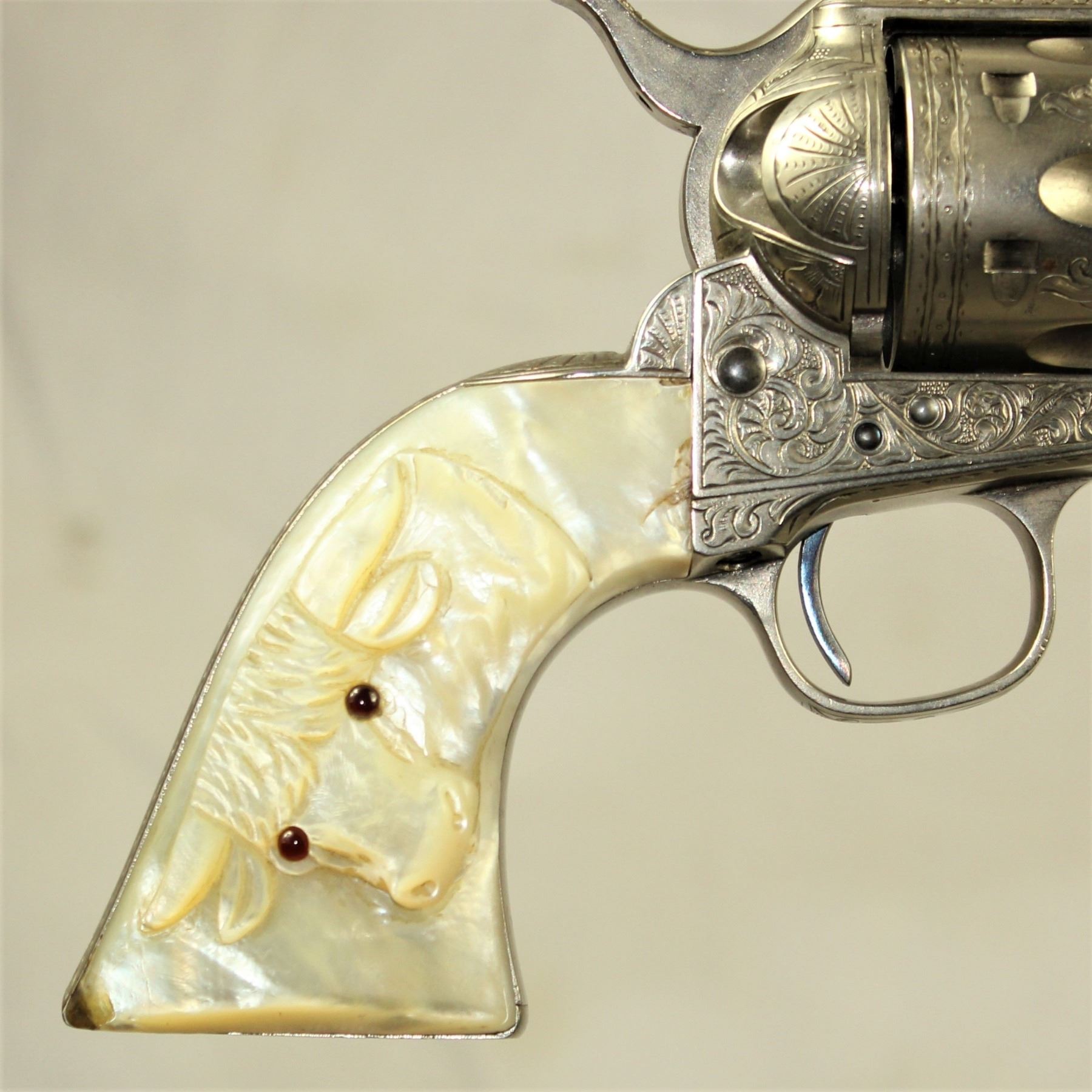

It had a solid reputation for good balance, reliability and stopping power, and many were in circulation. It was still commonly carried and used in the West, even by lawmen, including Texas Rangers. In 1916, the Model 1873’s legacy as a combat handgun was very much a part of living memory. So why did Patton select a personal sidearm that was totally obsolete for his first combat tour? Above all, the answer explains the man. He enjoyed shooting and collecting guns of all types, and was exceptionally well informed about military science and related technology. Patton was what we would call a “gun guy” today. This wasn’t much of a war, but an ambitious career soldier needs combat experience to gain rank, and it was the only place the U.S. When he was 30 years old, Second Lieutenant Patton purchased his Colt in 1916 while serving as an aide to Brigadier General John “Black Jack” Pershing during the Punitive Expedition against Mexican-revolutionary-turned-outlaw Pancho Villa. I drew my conclusions about the revolver after years of studying Patton’s letters and all the photographs and film footage I could find. To put that statement in perspective, I had some really spectacular artifacts like the only surviving Mark V heavy tank from World War I and a massive Tiger II tank captured during the Battle of the Bulge. And Patton’s Colt captured the imagination of visitors more than any other artifact in the collection.

I was responsible for its care and exhibition from 2000 to 2007, when I was director of the heavily tank-oriented museum, which preceded the present one, the Patton Museum of Cavalry & Armor. The original revolver still exists and is currently on display at the Patton Museum of Leadership at Fort Knox, Kentucky.


 0 kommentar(er)
0 kommentar(er)
